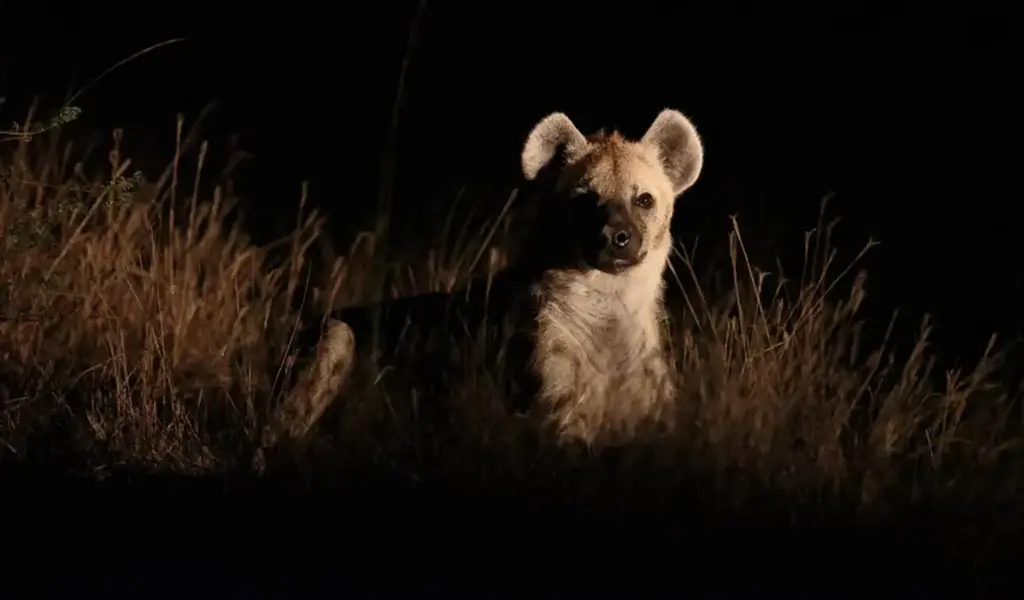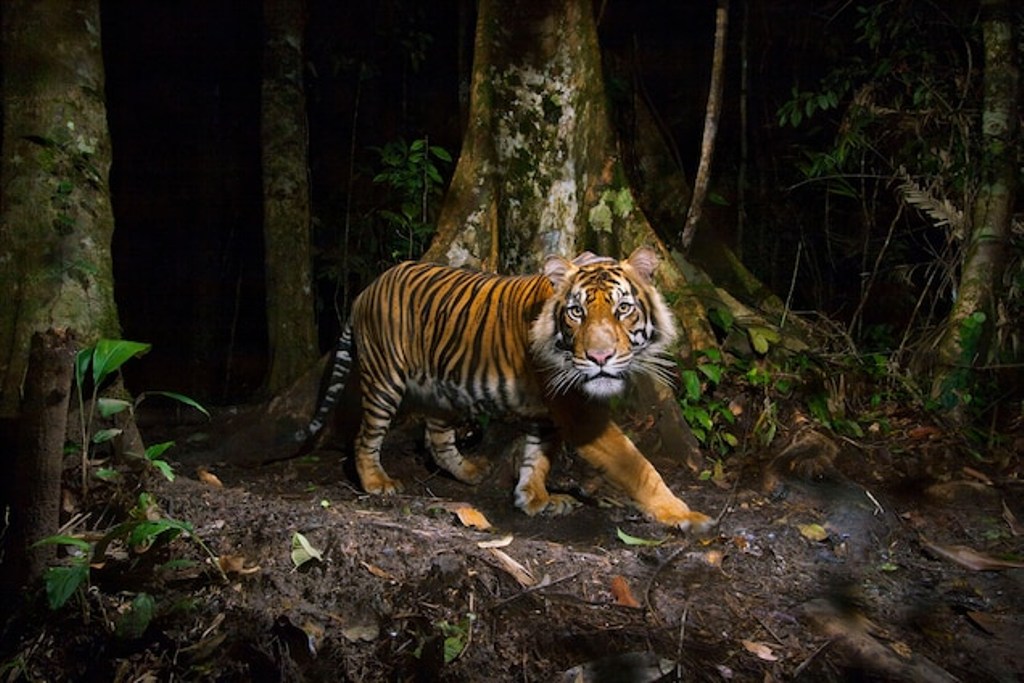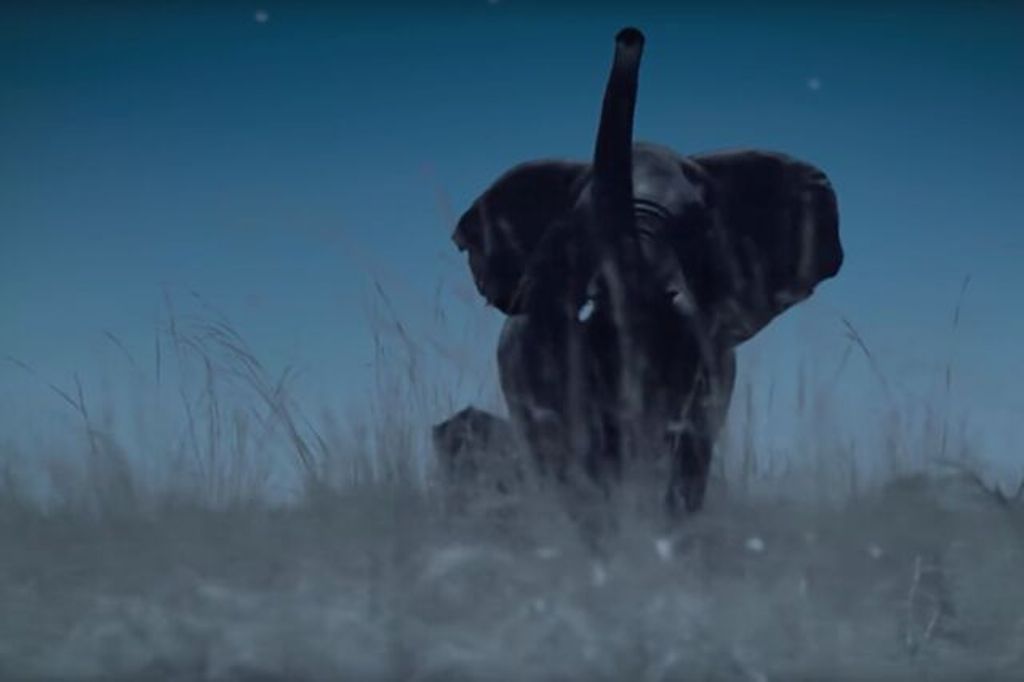Lifestyles
Watching Wildlife at Night

Watching wildlife at night. Adaptation of nocturnal animals to the dark time of the day. Features of the behaviour of common representatives of the fauna, leading a nocturnal lifestyle. The most active species of animals at night. Useful tips for observing wildlife in the dark and learning about its features.
Watching wildlife at night
Sunset below the horizon marks the beginning of the active period of nocturnal animals. These representatives of the fauna differ from their daytime counterparts not only in body structure but also in a more developed sense of smell and hearing.
Watching such animals at night is a difficult task. For its implementation, wildlife lovers will have to be patient and choose the right optics, with which you can see in the dark.
What do nocturnal animals do at night?
The nocturnal lifestyle of some animal species is a consequence of the evolutionary process. Many millions of years ago, the ancestors of the fauna living on Earth changed the day to night due to high competition for resources, a large number of potential enemies among diurnal animals, and abrupt changes in climatic conditions.
This is how completely nocturnal and diurnal animals appeared on our planet, as well as species that adapted equally well to darkness and bright sunlight.
Nocturnal animals do the same things as their diurnal counterparts. This creates a certain balance and maintains an invisible balance in the wild.
Activities of nocturnal animals:
- Search for food. Most of the night, adapted to it, representatives of the fauna spend in search of food. Predators do not hunt insects, mammals, and amphibians, but herbivores are looking for the most delicious leaves, flowers, and shoots. In all cases, the animals behave as carefully as possible and listen to every sound of the night, so as not to become someone’s dinner themselves.
- Housing arrangement. Nocturnal animals must not only have time to eat before dawn, but also find shelter from the rays of the sun. Therefore, they spend a lot of time searching for and arranging to the house. Most often, the last are tree trunks, underground burrows, caves, and dense thickets.
- Reproduction. Despite the darkness, nocturnal animals easily find a partner for mating. Just like their diurnal counterparts, they arrange fights among themselves for females and perform graceful mating rituals. In the future, different types of animals raise their offspring and abandon them when the children become suitable for independent living.
- Protection of the territory. Each group of nocturnal animals has its own territory, which they defend like their home. In this case, a wide variety of tricks are used to help gain an advantage over uninvited guests.
Tips for watching wildlife at night
The way of life of nocturnal animals is very different from the behaviour of representatives of the fauna, who prefer sunlight. Watching him is always interesting not only for a professional but also for a simple person who knows little about wildlife. To fully enjoy this process, you need to prepare well and take into account several important recommendations.
Helpful hints:
- Finding an animal in the dark is very difficult, even when it is only a few tens of meters away. Therefore, before you start observing, you need to choose and buy the right optics. The best option would be a variety of night vision devices, ranging from simple light amplifiers to models with a thermal imager. With the help of such equipment, it is possible to compensate for the lack of the human eye, which is unable to see in the dark. On sale, you can find models of any price category, which makes observing the night wildlife accessible to everyone. All these devices must be equipped with high-capacity batteries or connectors for connecting external power sources.
- Nocturnal animals have very highly developed sense organs. Thanks to this, they catch even the quietest rustle that a potential enemy can exude. In this regard, wildlife lovers need to be as careful as possible so as not to frighten away the animal. To do this, you need to behave as quietly as possible and move only in case of an emergency. The best option for observation will be a specially equipped shelter. It will not only be comfortable to be in it in case of worsening weather conditions, but it will also be easier to hide your presence.
- Animals that can’t see or hear well at night rely entirely on their own sense of smell. It allows them to capture and distinguish the smells of predators, people, and other representatives of the fauna located at a distance of several hundred meters. In order not to frighten away the animal with your smell, you need to use special costumes or treat existing clothes with various chemical compounds.
- To make it convenient to observe the nightlife of animals, you need to choose a suitable position in advance. To do this, in the daytime, find a place that is not very close by vegetation and other natural barriers (for example, bumps). The best option for observation will be the shore of a reservoir. Life is in full swing here around the clock and in just a few hours spent in such a place, you can see dozens of species of animals.
- If there is no desire or opportunity to wait a long time for the visit of animals, then it is recommended to use special attractants. These chemicals have a unique composition and a special smell that attracts certain species of animals. An alternative to attractants can be do-it-yourself decoys and natural baits. The latter include grain mixtures, meat trimmings, berries and much more.
- Before going to the forest, or mountains or looking for nocturnal animals in open areas, it is necessary to study the behavioural characteristics of certain species. This information will be useful not only for broadening one’s horizons. With its help, it will be possible to learn the habits, strengths and weaknesses of animals, which will help in finding their habitat and reduce the likelihood of being noticed.
- When observing wildlife, do not forget about your own safety. To do this, you should take with you special protective equipment that will help you avoid trouble in case of direct contact with a large predator. Quite harmless animals infected with rabies or other diseases can also be dangerous.
- The process of observing wildlife involves a long stay in the open. At night, the air temperature can drop sharply, which will create some discomfort and favourable conditions for the development of colds. To prevent this from happening, you need to take warm clothes and some kind of warming drink (for example, hot tea) with you.
- Communication with wildlife can be hazardous to human health. There is always the possibility of falls in slippery places, sprains, fractures, abrasions and other troubles. In this regard, a naturalist should always have a first aid kit with him and know how to provide first aid. Also, do not forget about the means of communication that will help call for help in case of serious danger.
- No matter how well you are disguised, blood-sucking insects will definitely find you. In order not to become a victim of thousands of bites, you need to pre-treat open areas of the body with a special pesticide. It is best to use universal compounds that can simultaneously repel several types of insects.
- A lover of watching wildlife must have a flashlight. It will help scare away predators and sound an alarm. Also, the light of this device will simplify movement in difficult places and make it possible to find the most accessible path. An additional plus will be the availability of spare batteries or the ability to connect an external power source.
- It is very difficult to navigate in the forest at night. Therefore, before you go to observe the wildlife, you need to carefully explore the selected area. It is best to do this in the daytime when it is possible to see with the naked eye all the obstacles and suitable places for arranging the observation site. This approach will minimize the risk of getting lost or getting into an unpleasant situation.
Wildlife is unique. Watching it is a great pleasure for naturalists, travellers and adventurers. The wildlife becomes especially beautiful at night. At this time, diurnal animals are replaced by representatives of the fauna, capable of actively behaving in the dark. The process of observing them will be exciting, but quite difficult. However, if you carefully prepare in advance and study the recommendations of experts, you can get rid of most of the difficulties and fully enjoy communication with wildlife.
People Also Read:
Discovering Japandy Interior Style: what is it and where did it come from?
4 Exciting Natural Tourism in Lombok, NTB
Top Christmas Gifts To Consider In 2022
Wildlife Trafficker Wanted in US Busted in Bangkok































